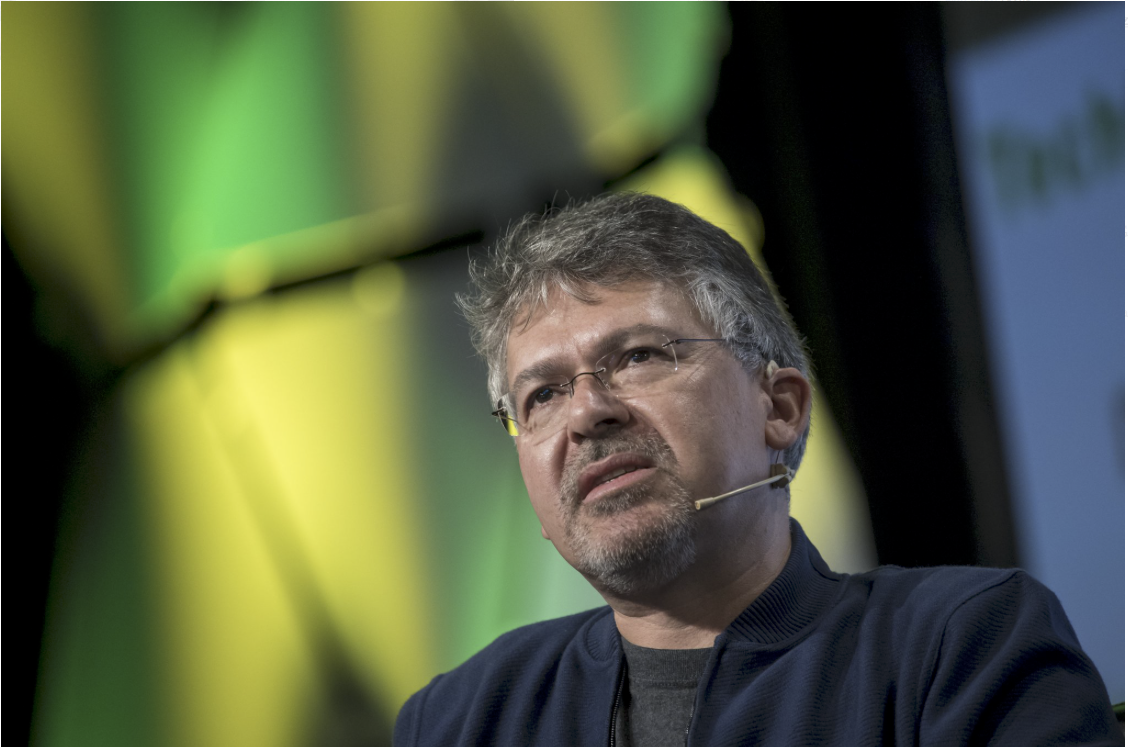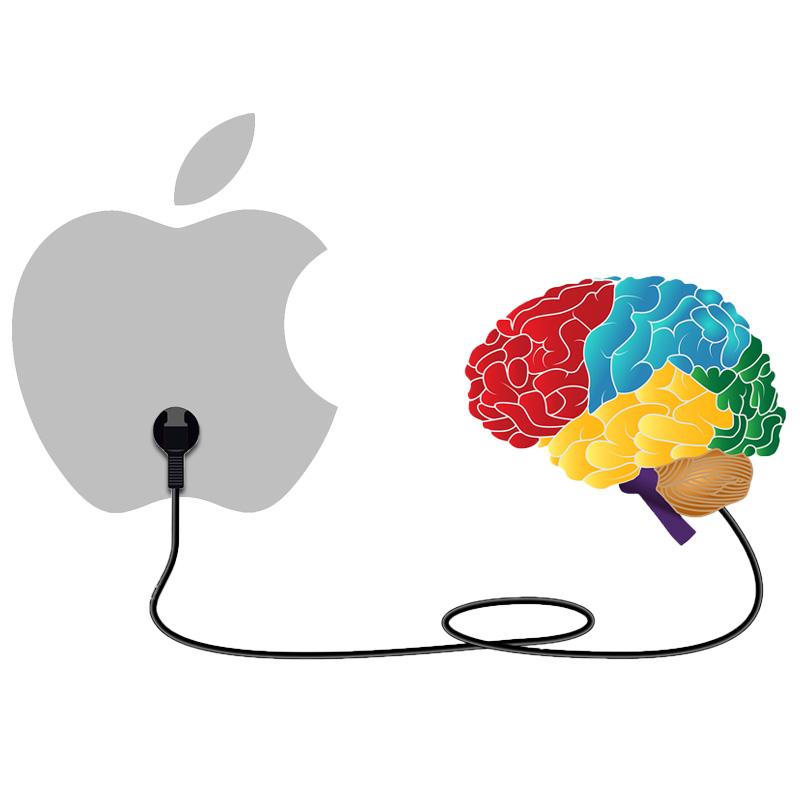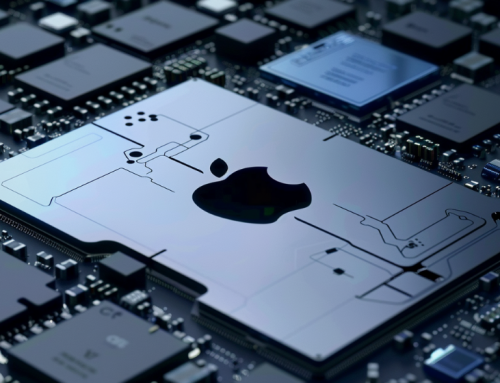
John Giannandrea became head of AI at Apple, which lured him away from his lead role at Google. Photo: Paul Morris of Bloomberg
Apple Poaches Google’s Top AI Exec to Compete
When Apple hired away Google’s top AI executive on April 3, as reported in The New York Times, the company revealed just how far behind it’s fallen as a tech leader in the years after the death of its founder, Steve Jobs, in October of 2011.
Other tech behemoths have seized upon multiple AI advances since 2011, leveraging them for new projects that span an enormous breadth of industries, while Apple struggled to make Siri work properly. The iPhone continues as the company’s biggest cash cow, but recent signs point to a drive to become a leader again under the guidance of CEO Tim Cook and his team.
John Giannandrea, formerly Chief of Search and Artificial Intelligence at Google, may have the knowledge to lead Apple out of its rut. Google, Amazon, Microsoft and IBM have all been investing heavily in AI—with sometimes dazzling results. Giannandrea’s role at Apple is to run “machine learning and AI strategy,” according to a company email obtained by The New York Times.
“John shares our commitment to privacy and our thoughtful approach as we make computers even smarter and more personal,” wrote CEO Tim Cook.
Apple’s poaching of Giannandrea, 53, and a native of Scotland, represents a major coup for the company. Giannandrea guided the integration of AI in Google’s products, such as search, Gmail and Google Assistant. He joined Google in 2010 when it purchased his start-up company, Metaweb, where he served as CTO. Previously, he worked at Netscape and General Magic.
Many analysts view Google as the AI leader because of its Google Brain lab, which works on a variety on projects, ranging from Gmail and search to smartphones and smart speakers—the highly successful products Alexa and Echo.
However, with its incredibly deep pockets (a market cap of $870.44 billion), as one of the most respected companies in the world and its access to free AI tools developed by Google, Apple may soon recover its equilibrium. Talented AI programmers are in demand globally, but unlike startups which rely on the Silicon Valley model of programmers running companies, Apple can afford to hire or buy the company of any talent that it wants.
A few days after the announcement of Giannandrea’s hire, Apple announced that it brought on Jon McCormack, formerly head of software for HP, as vice president of software. McCormack worked for several years at Amazon.com as CEO of the devices group and vp of software for Kindle.
The Financial Times reported that iPhone had record revenues, despite a 1% fall in sales last year because the iPhone X didn’t spark expected growth. Net income was $20.1 billion. However, the U.S. tax cut will enable Apple to bring back $163 billion in revenues to the company for mergers and acquisitions, dividends and buybacks⎯which bodes well for additional AI growth.
In its quest to improve current products, Bloomberg reported Apple is considering adding a “curved display” feature to its screen so that gestures can control the phone more easily. The change could come within two to three years. Samsung’s Galaxy S4, released in 2013, already has similar features.
The company also announced that it plans to release a Product Red version of the iPhone 8 and iPhone 8 Plus, which will support Red, a foundation that fights AIDS in sub-Saharan Africa. The iPhones will be the first to feature red-colored glass elements. The fronts of the phones will be black.
Reports say Apple will release a lower-priced MacBook Air, according to an article in PC Magazine. Currently costing about $1,000, a more affordable laptop may broaden its market.
Always sensitive to its public image as a reputable brand with lofty goals and aspirations, Apple also invested in making all of its work sites powered by “clean” energy, according to a Bloomberg.com story. That includes retail offices, data centers and facilities and offices in 43 countries.
Despite Apple’s renewed focus on AI, it will take time to catch up to the companies that have spent years building teams and resources in the arena. But as a company that always seeks to lead in innovation, it shouldn’t be surprising to see the company outpace the competition in some areas in a few years.








Leave A Comment